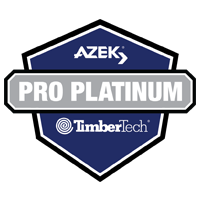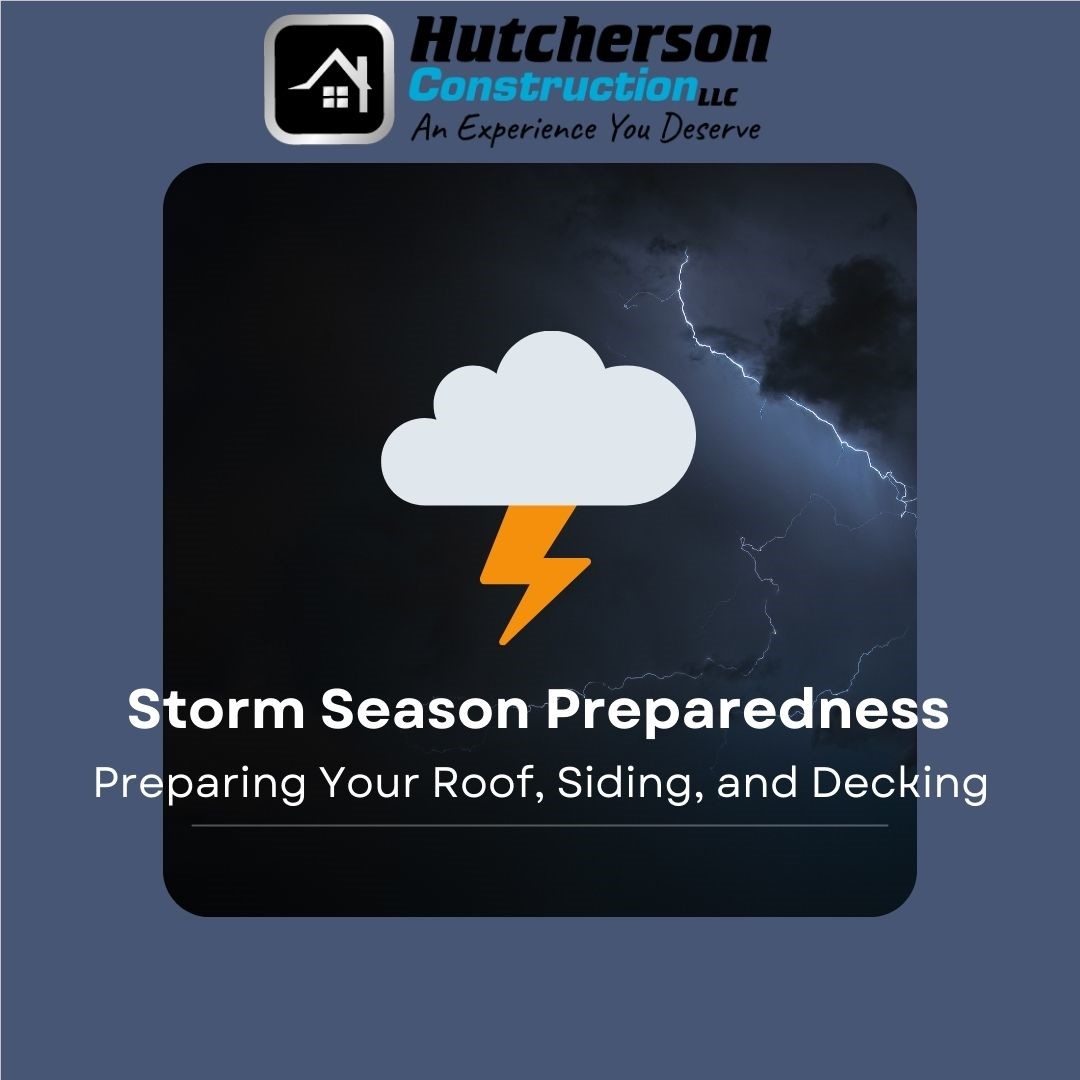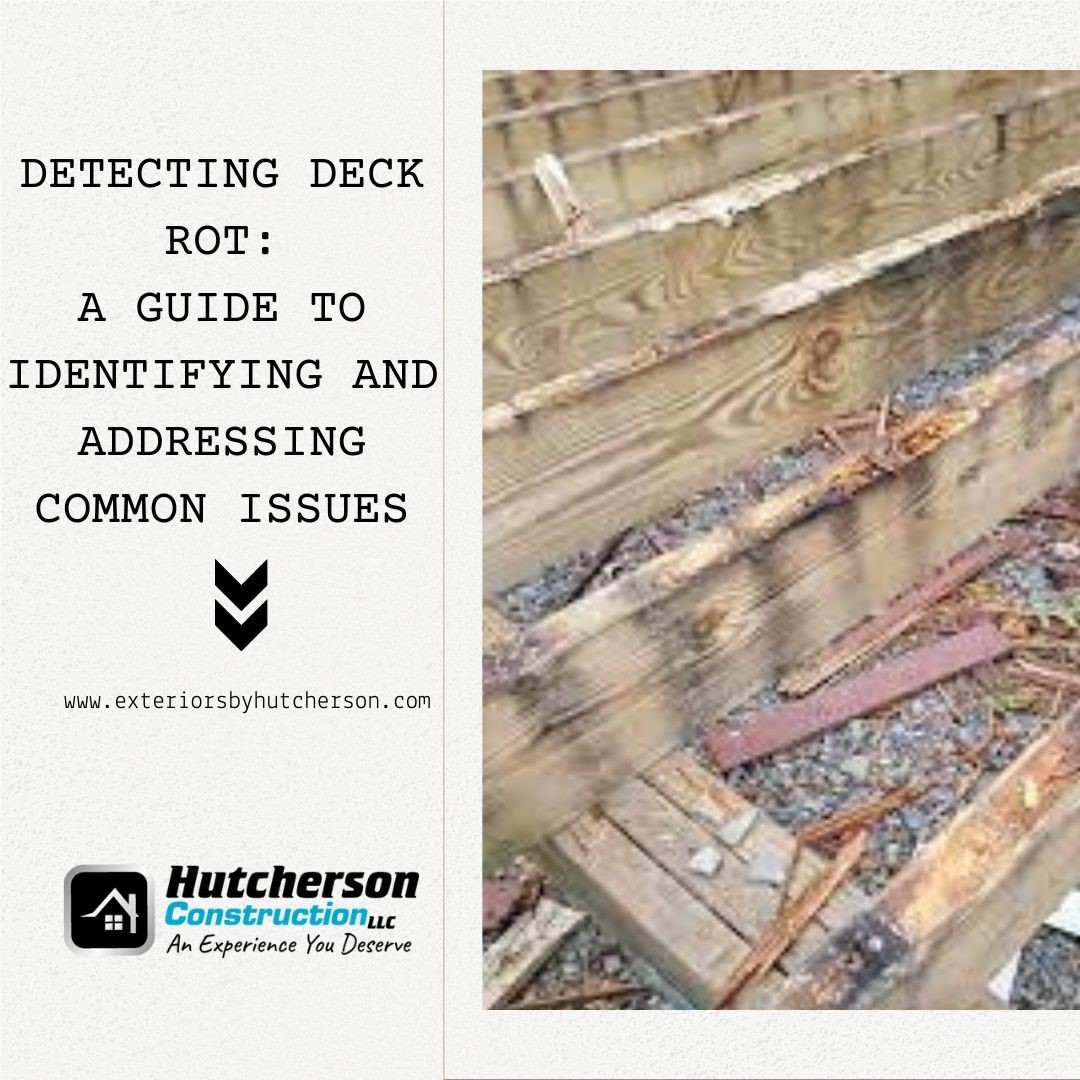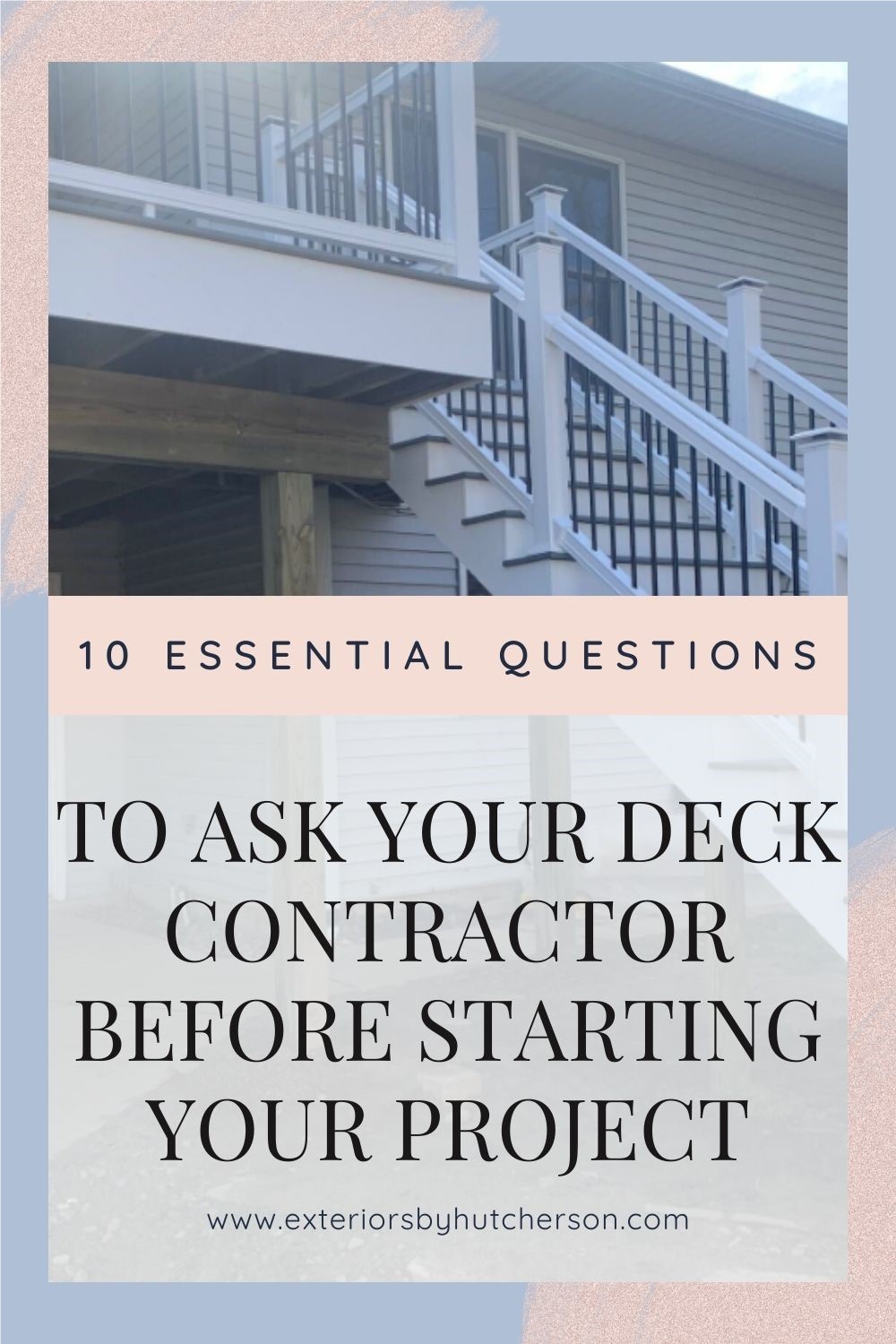Board and batten siding is a popular choice for both residential and commercial buildings due to its numerous benefits. Here are some of the advantages of using board and batten siding:
Durability: Board and batten siding is known for its durability and longevity. It consists of solid, wide boards combined with narrow battens, creating a robust and resilient exterior cladding. The combination of sturdy materials and a vertical installation pattern helps protect the structure from the elements, including wind, rain, and snow.
Visual Appeal: Board and batten siding offers a timeless and classic aesthetic that can enhance the curb appeal of any building. Its distinctive vertical lines create a charming and rustic look, adding character and depth to the façade. The siding can be customized with various materials, finishes, and colors, allowing for a wide range of design possibilities to suit different architectural styles.
Versatility: This type of siding is versatile and can be used on various building types, including residential homes, barns, cabins, and commercial structures. It works well in both traditional and modern designs and can be installed horizontally or vertically, depending on the desired effect. Board and batten siding can adapt to different architectural styles and can be combined with other exterior materials, such as stone or brick, for added visual interest.
Insulation and Energy Efficiency: Board and batten siding can contribute to the energy efficiency of a building. By creating an additional layer of insulation, it helps to regulate temperature and reduce heat loss during colder months. When properly installed with insulation materials, it can improve the overall energy efficiency of the structure, potentially leading to lower heating and cooling costs.
Low Maintenance: One of the advantages of board and batten siding is its relatively low maintenance requirements. Depending on the material chosen, it can be resistant to rot, pests, and decay. Some options, such as vinyl or fiber cement board and batten, are particularly low maintenance and require minimal upkeep. Regular cleaning and occasional repainting, if applicable, are usually sufficient to keep the siding in good condition.
Sound and Weather Insulation: The combination of the solid boards and the battens helps to create an additional layer of insulation against external noise, reducing sound transmission into the building. Furthermore, the vertical installation pattern of board and batten siding aids in shedding water effectively, enhancing its weather resistance and protecting the underlying structure.
Cost-Effective: Depending on the material chosen, board and batten siding can be a cost-effective option compared to other siding types. Vinyl board and batten, for example, tends to be more affordable than natural wood siding, while still offering a similar appearance. The relatively simple installation process can also contribute to cost savings, especially if the siding is being used for new construction or renovation projects.

It's worth noting that the specific benefits of board and batten siding can vary depending on the materials used and the quality of installation. Consulting with a professional contractor or architect can help determine the most suitable options and ensure the best results for your specific project.
Subscribe to Hutcherson Construction's Blog







Comments